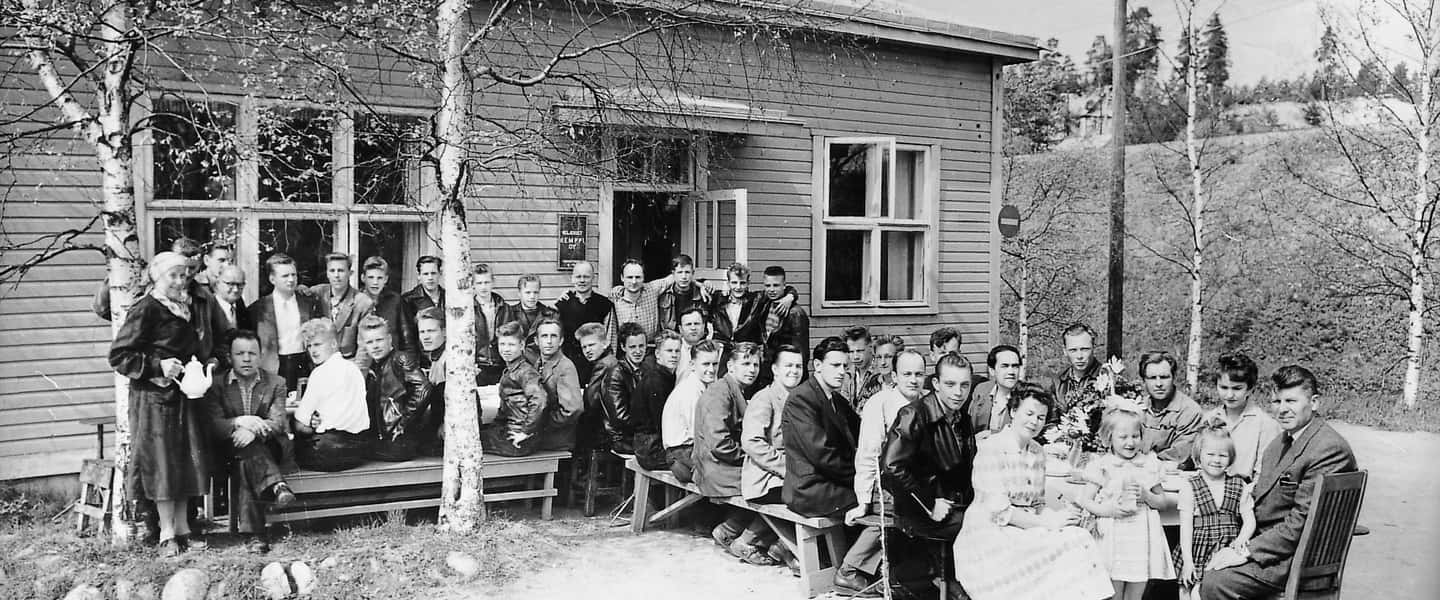
Kemppi 75 years
A success story about family, work and creativity as well as technology, passion and skillful people.
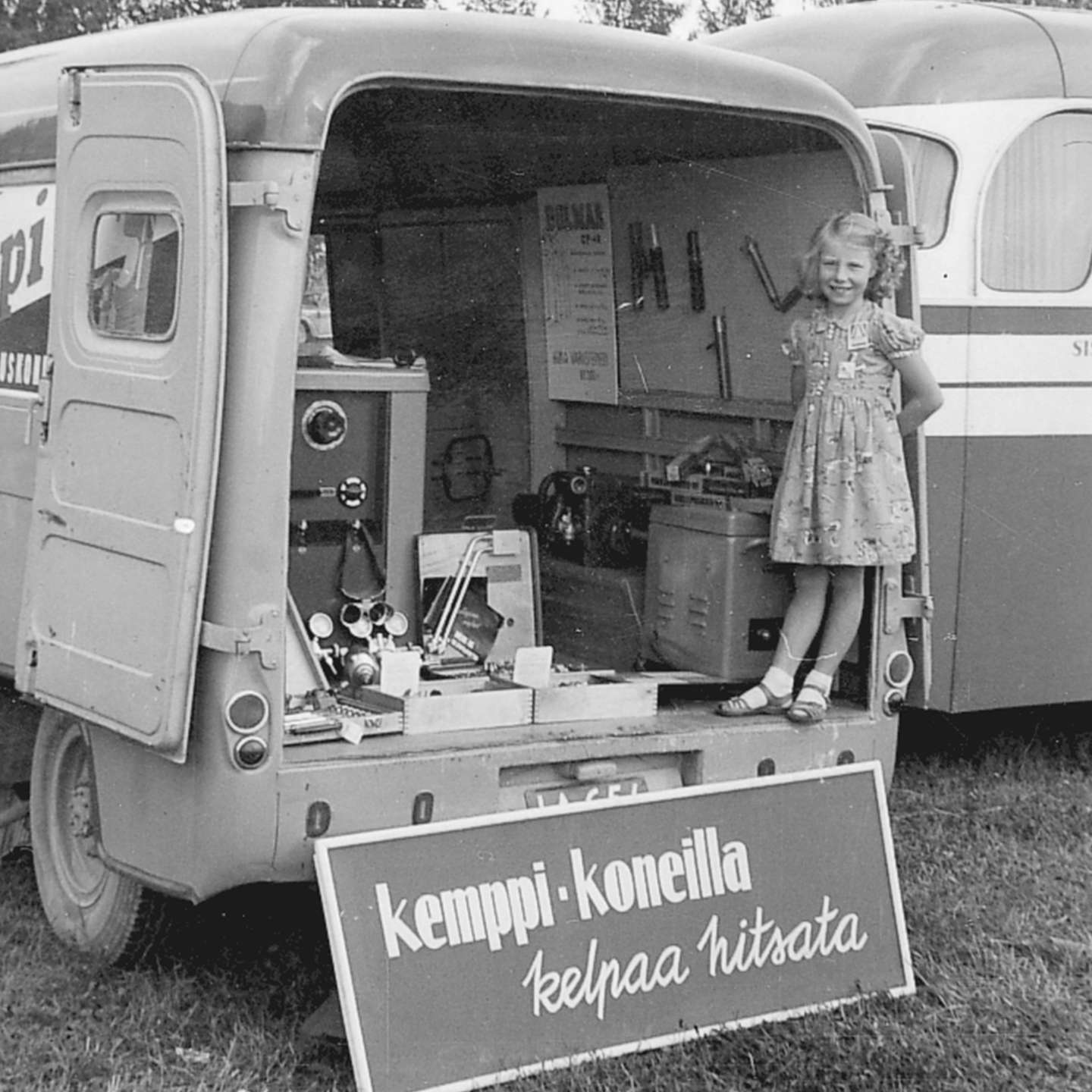
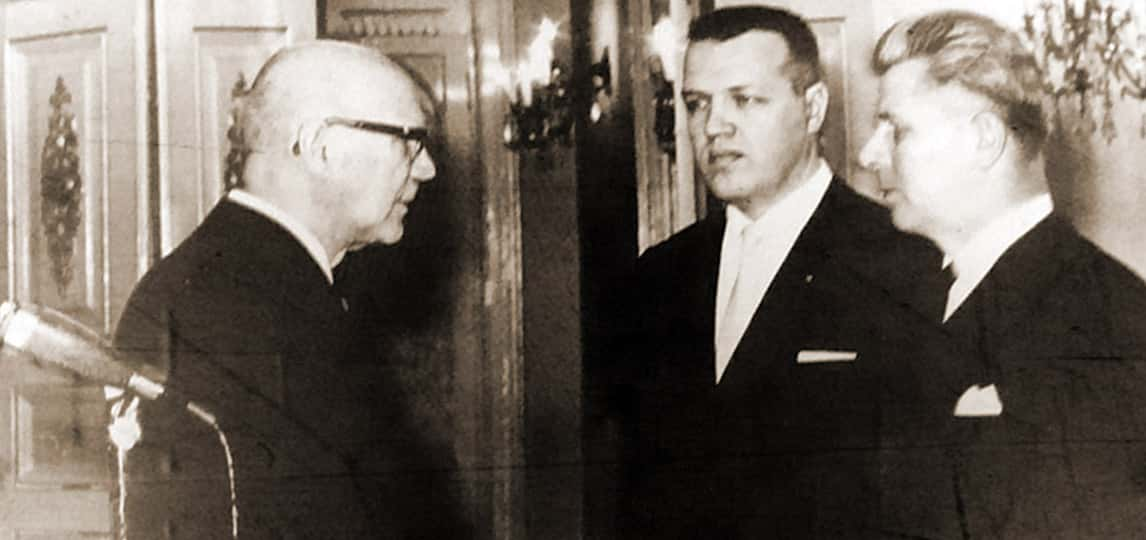
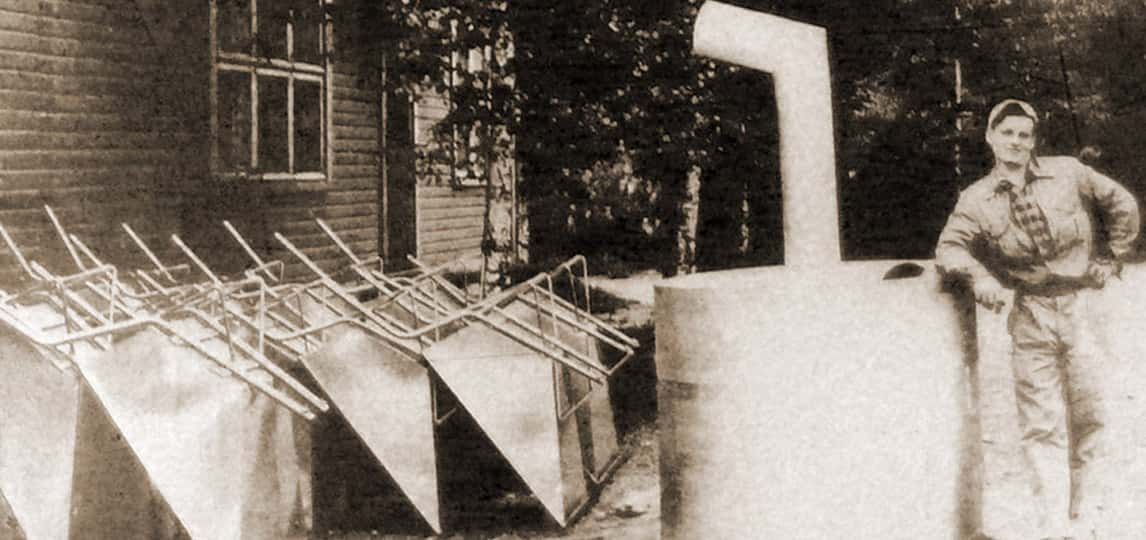
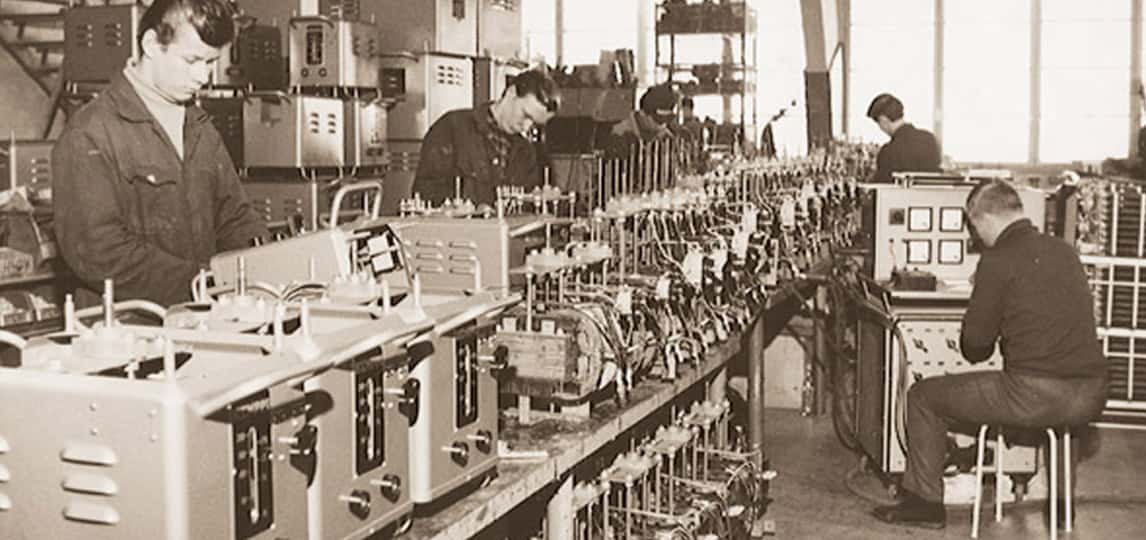
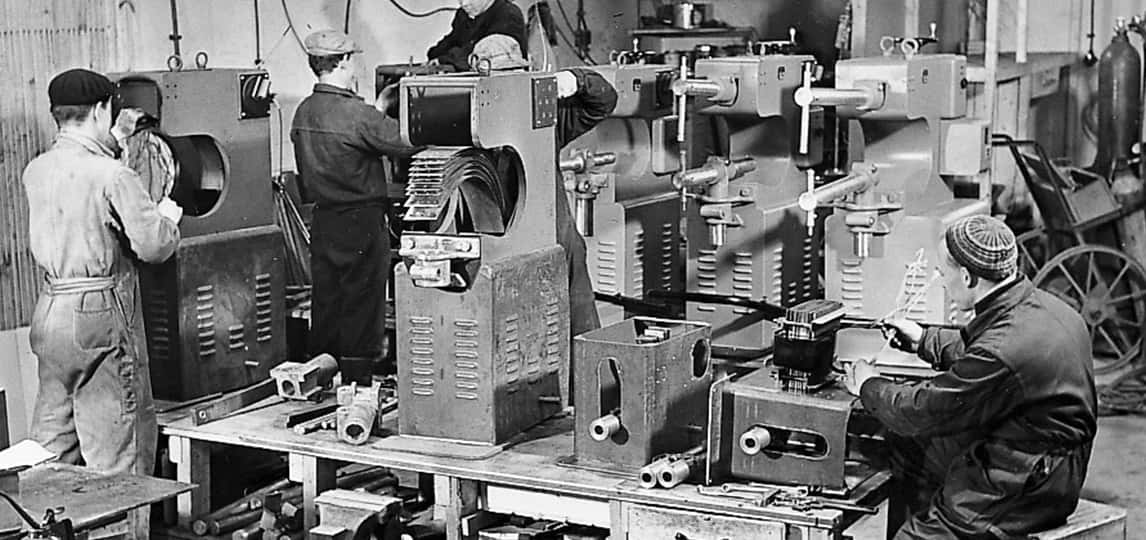
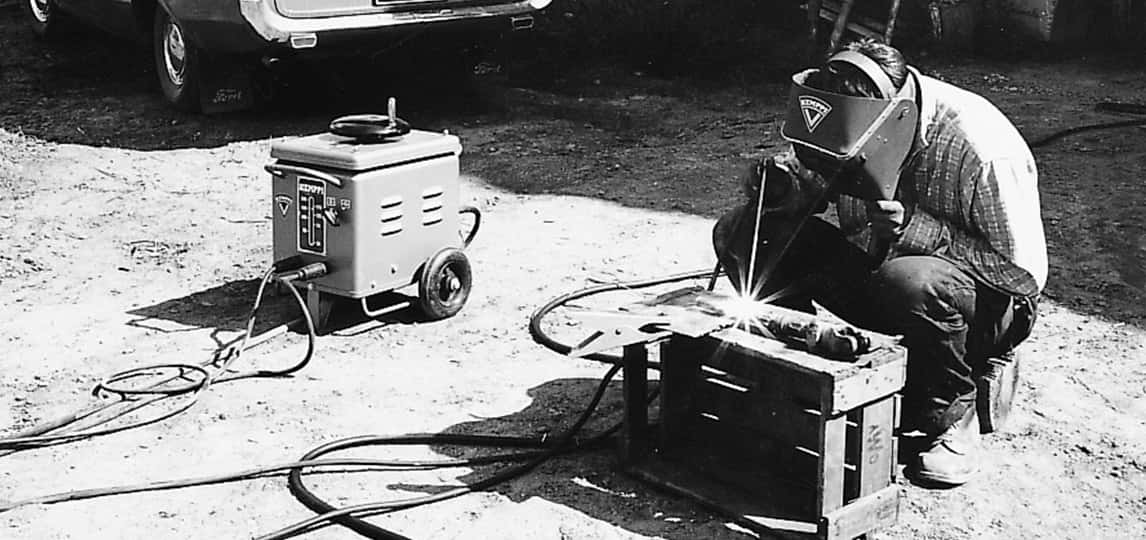
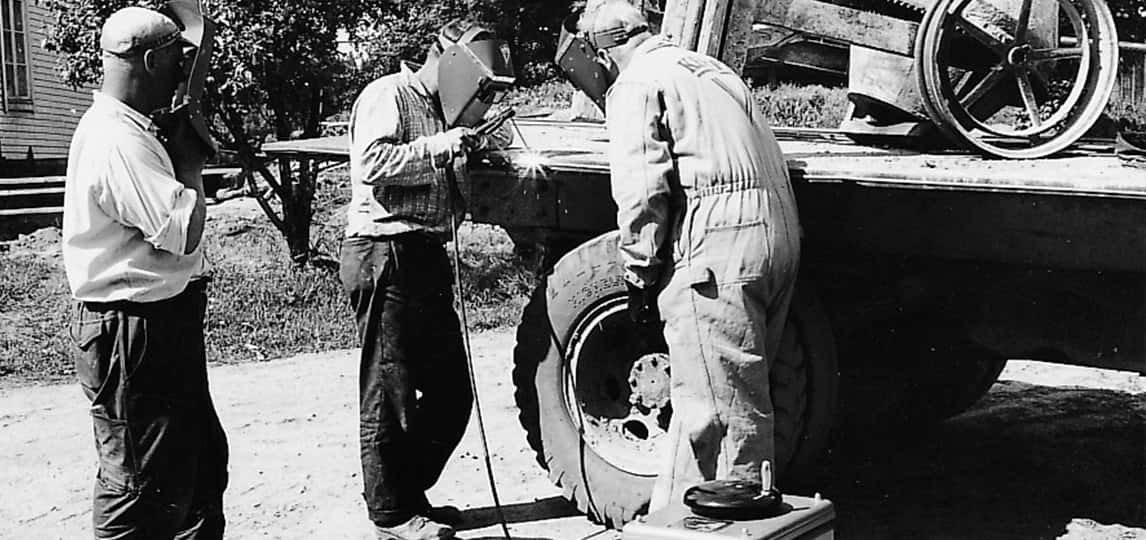
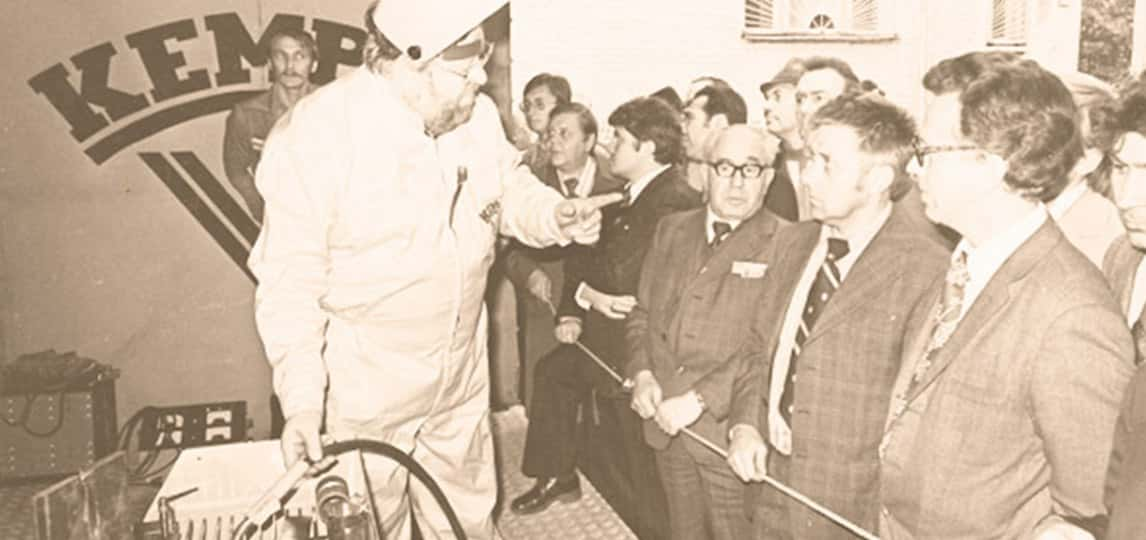
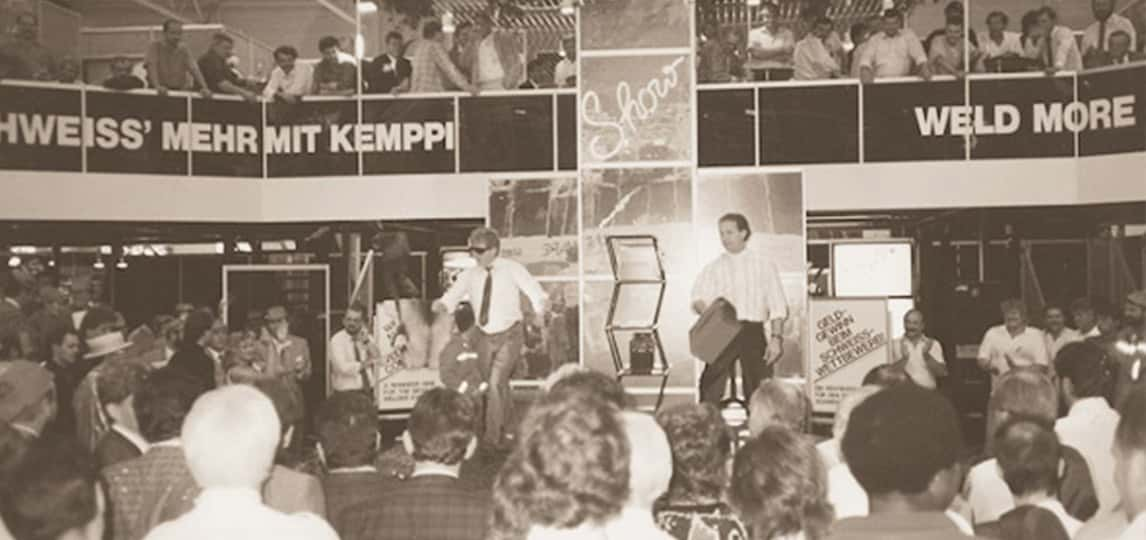
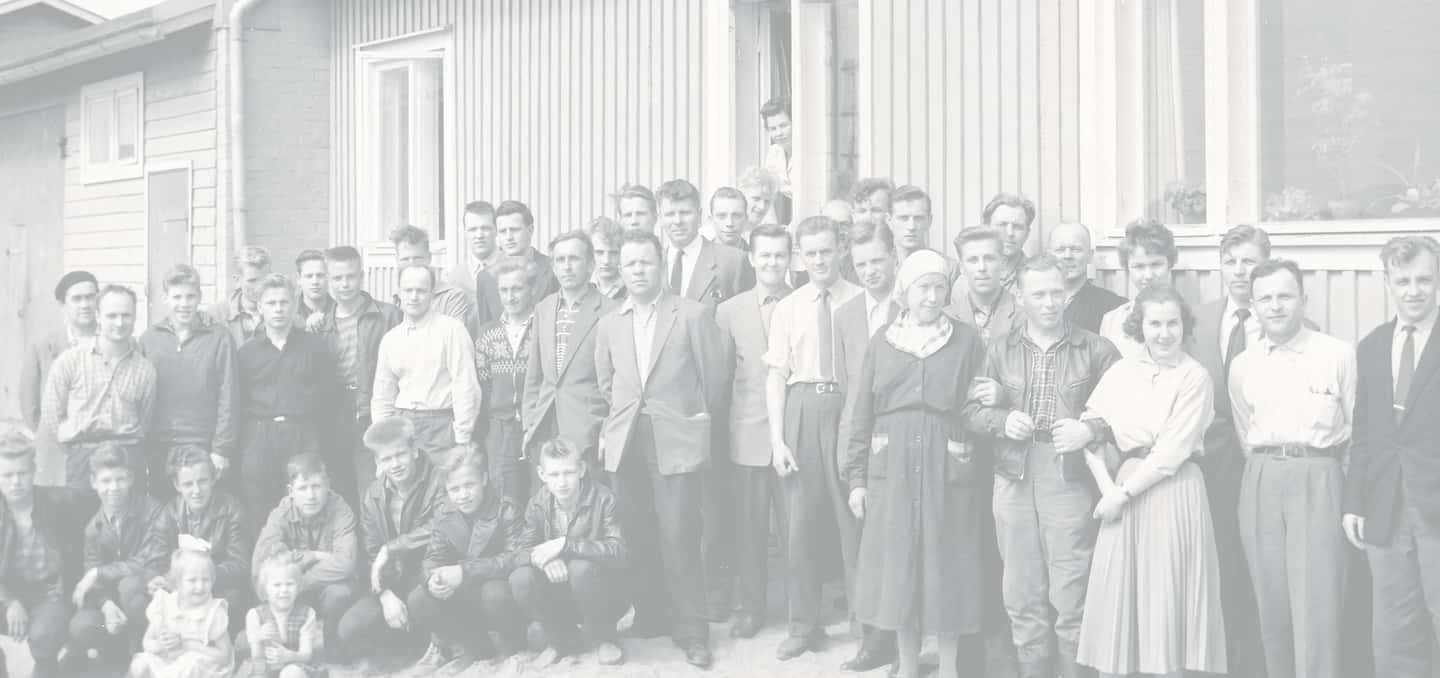

A success story about family, work and creativity as well as technology, passion and skillful people.










Subscribe to our newsletter and be among the first to know the latest from Kemppi.
By subscribing, you agree to receive marketing emails from Kemppi.
Kemppi is the design leader of the arc welding industry. Kemppi is the design leader in the arc welding industry. We are committed to boosting the quality and productivity of welding by continuous development of the welding arc and by working for a greener and more equal world. Kemppi supplies sustainable products, digital solutions, and services for professionals from industrial welding companies to single contractors. The usability and reliability of our products is our guiding principle. We operate with a highly skilled partner network covering over 70 countries to make its expertise locally available. Headquartered in Lahti, Finland, Kemppi employs over 650 professionals in 16 countries and has a revenue of 209 MEUR in 2023.